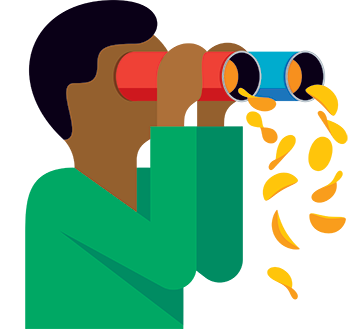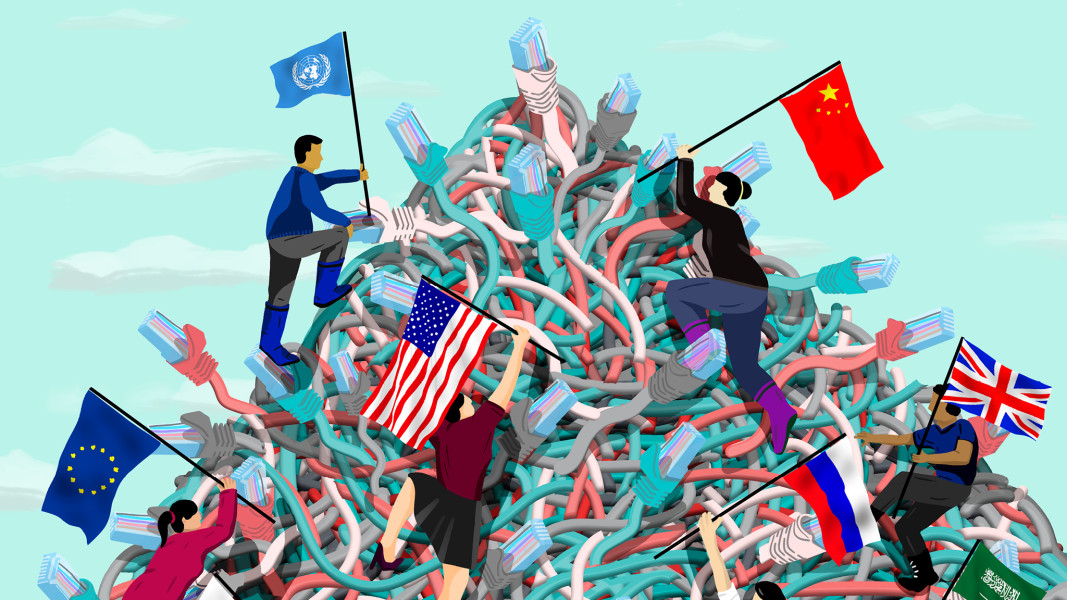
“L’histoire de l’évolution de la vie est l’histoire de la lente altération des espèces, ou du remplacement corporel d’une espèce par une autre, chaque fois qu’il arrive qu’un changement permette un meilleur ajustement dans une niche environnementale particulière. Peut-être que le grand dessein de l’évolution passe par le changement d’une espèce en une autre espèce, par le biais de facteurs aléatoires, jusqu’à ce qu’enfin, après une période prolongée, une espèce deviennent suffisamment intelligente pour diriger sa propre évolution et créer de nouveaux types d’intelligence sur une base non organique. Dans ce cas, le remplacement de l’humanité, ou bien par une hyper-humanité, ou bien par des ordinateurs, serait un phénomène naturel auquel on ne pourrait s’opposer que pour des raisons futiles et inconséquentes. Toutefois, je ne suis pas certain que cela se produira un jour.”








